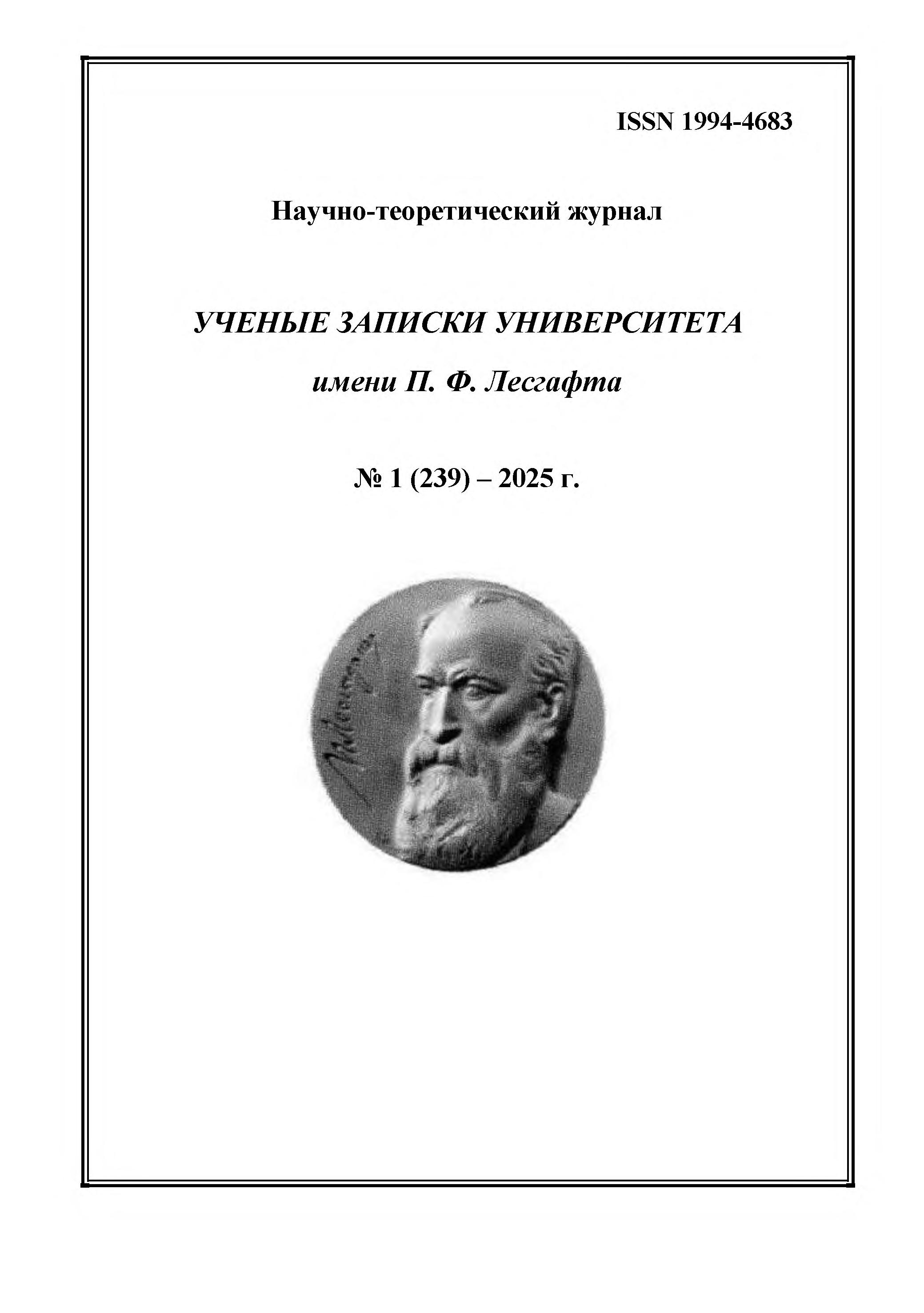employee from 01.01.2004 to 01.01.2025
Moscow, Russian Federation
Moscow, Russian Federation
CSCSTI 15.01
The purpose of the study is to assess the effectiveness of the developed method for forming the skill of self-regulation of plantar pressure during the performance of the dance "Samba" for the personal development of the dancer, their ability for self-expression, and the formation of the image of the real "I" as a generalized self-assessment of the effectiveness of the established model and action scheme in the surrounding space. Research methods and organization. The formative experiment utilized the version v1.3.30de Freestep gait analysis system, produced by Sensor Medica of Italy, as well as six psychodiagnostic methodologies. Research results and conclusions. A reliable increase in the level of self-regulation, courage, independence, and self-control not only while performing dance movements but also in everyday life testifies to the effectiveness of the developed methodology for forming the skill of self-regulation of plantar pressure for the development of personality traits in dancers.
dance sport, self-esteem, self-control, self-regulation, plantar pressure, gait, injuries, mastery of performance
1. Gurfinkel V. S., Kots Ya. M., Shik M. L. (1965), “Regulation of human posture”, Moscow, Nauka.
2. Aylamazyan A. M. (2017), “Movement and personality development”, National Psychological Journal, No. 2 (26), pp. 73–84, doi:https://doi.org/10.11621/npj.2017.0208.
3. Aylamazyan A. M. (2015), “The role of plastic image in the formation of personal identity: historical aspect”, National Psychological Journal, No. 4 (20), pp. 37–48.
4. Kubryak O. V., Grokhovsky S. S., Isakova E. V., Kotov S. V. (2015), “Biofeedback on the support reaction: methodology and therapeutic aspects”, Moscow, Maska.
5. Galeev A. R. (2016), “Development of motor coordination in dance sport”, monograph, Nizhnevartovsk, Publishing house of Nizhnevartovsk state University, 108 p.
6. Lysakova A. N., Novitskaya M. S. (2014), “Psychological aspects of dance sport”, Physical education and youth sports, No. 1, pp. 43–49.
7. Shumova N. S., Baykovsky Yu. V. (2020), “Analysis of the personality structure of athletes in studies conducted at the Department of Psychology of the Russian State University of Physical Culture, Sports and Tourism in 2019”, Extreme human activity, No. 1 (55), pp. 7–11.
8. Shumova N. S., Baikovsky Yu. V., Van Lurun (2025), “Using a gait analysis system to develop self-assessment skills and self-regulation of peak plantar pressure distribution in the process of learning basic Samba dance movements”, Extreme human activity, No. 4 (70), pp. 22–26.







